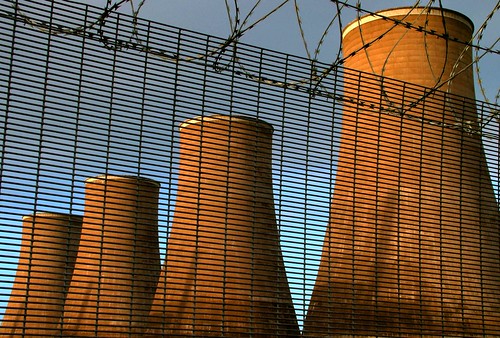In the above video Eric Schmidt, Chairman and CEO, Google interviews Jeffrey Immelt, Chairman and CEO, GE.
The reason Google and GE were talking? Google and GE jointly announced the other day that they are coming together “to help develop tomorrow’s power generation, transmission and distribution — known as the “smart grid” — and its interface with next generation electric transportation”.
From the release:
The existing U.S. infrastructure has not kept pace with the digital economy and the hundreds of technology opportunities that are ready for market. In fact, the way we generate and distribute electricity today is essentially the same as when Thomas Edison built the first power plant well over one hundred years ago. Americans should have the choice to drive more fuel efficient cars – or even electric cars – and manage their home energy use to reduce costs, and buy power from cleaner sources, or even generate their own power for sale to the grid.
We all receive an electricity bill once a month that encourages little except prompt payment. What if, instead, we had access to real-time information about home energy use? What if our flat screen TVs, electronic equipment, lights and appliances were programmed to automatically adjust to save money and cut energy use? What if we could push a button and switch the source of our homes’ electricity from fossil fuels to renewable energy? What if the car sitting in our garage ran on electricity – the equivalent of $1 per gallon gasoline – and was programmed to charge at night when electricity is cheapest?
This is spectacular news! GE are the largest player in the power industry in the US. Their product line covers every aspect of power generation, transmission, distribution and consumption. And GE have an enviable record in renewables. They are the largest manufacturer of wind turbines globally having purchased Enron’s wind business out of bankruptcy for $300m and turned that into an asset generating between $7-$8bn in 2008!
Google get Demand Response. Coming from an Internet background as they do, they know all about the read/write web, p2p and publish and subscribe mechanisms – these are going to be the cornerstone of Electricity 2.0 as espoused by Eric Schmidt and Google in their release, and by me as I write about them regularly on this blog!
In fact, I am giving a talk at the Web 2.0 Expo in Berlin on Oct 23rd entitled “Electricity 2.0 – Using The Lessons Of the Web To Improve Our Energy Networks” – this builds on the Keynote I gave there last year on using demand response to reduce our carbon footprint.

